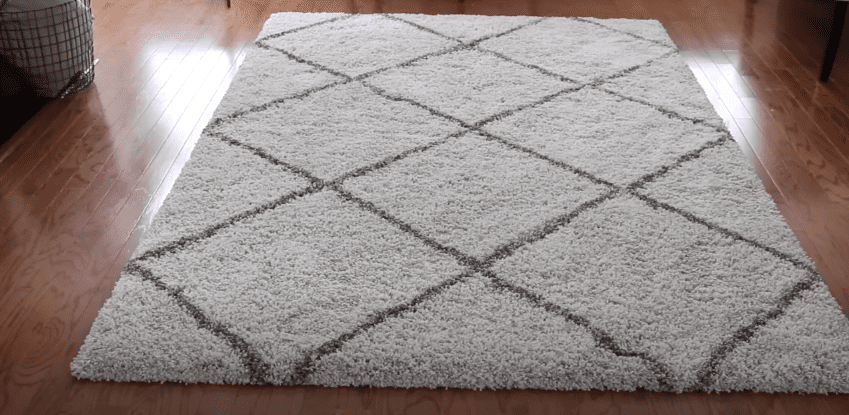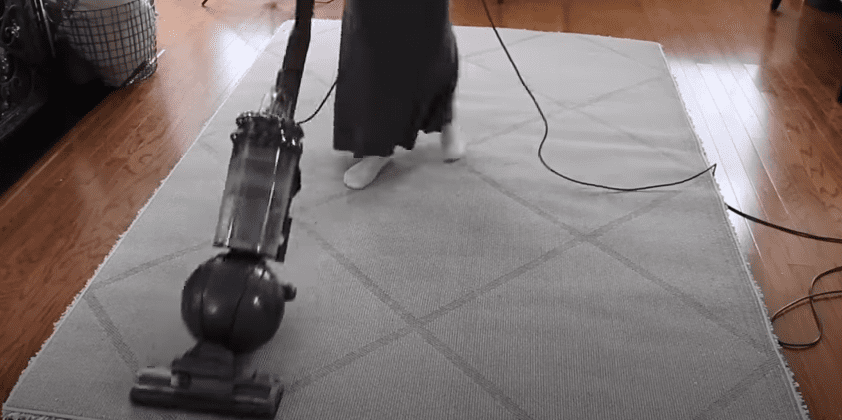High-pile polyester rugs are a luxurious addition to any home, providing comfort and aesthetic appeal. However, maintaining their beauty requires regular cleaning and care. In this guide, we’ll explore the ins and outs of Clean High Pile Polyester Rugs, ensuring your investment stays vibrant and welcoming.
Understanding High Pile Polyester Rugs

High pile polyester rugs are known for their plush and soft texture, making them a popular choice for living rooms and bedrooms. These rugs, characterized by their longer fibers, contribute to a cozy atmosphere and are a staple in modern home decor.
Why Clean Your High Pile Polyester Rug Regularly?
Regular cleaning goes beyond aesthetics; it impacts indoor air quality, prolongs the rug’s lifespan, and prevents allergen buildup. Neglecting cleaning can lead to a dull and unhygienic environment.
Identifying Types of Dirt and Stains
Before diving into cleaning methods, it’s crucial to identify the types of dirt and stains your rug faces. Whether it’s everyday dirt or specific stains, understanding the enemy is the first step toward effective cleaning.
How to Clean High Pile Polyester Rugs
Maintaining the cleanliness of high-pile polyester rugs requires a delicate touch to ensure their longevity and appearance. Here’s a straightforward guide on how to clean your high-pile polyester rug effectively:
Materials You’ll Need:
- Vacuum cleaner with a brush attachment
- Mild detergent or carpet cleaner
- Soft-bristle brush or sponge
- Clean, white cloth or paper towels
- Warm water
- Bucket
Step-by-Step Cleaning Process:
1. Prepare the Area:
Start by removing any furniture or obstacles on or around the rug. This ensures you have a clear and accessible cleaning space.
2. Vacuum Thoroughly:

Use a vacuum cleaner with a brush attachment to remove loose dirt, dust, and debris from the rug’s surface. Vacuuming helps prevent these particles from embedding themselves deeper into the fibers during the cleaning process.
3. Check for Stains:
Identify any visible stains on the rug. If you notice specific stains, such as spills or pet accidents, address them first before proceeding with an overall cleaning.
4. Spot Cleaning:
- For stains, mix a small amount of mild detergent or carpet cleaner with warm water in a bucket.
- Dampen a soft-bristle brush or sponge in the cleaning solution.
- Gently scrub the stained area, working from the outer edges toward the center. Avoid scrubbing too vigorously to prevent damage to the rug fibers.
5. Blotting:
After scrubbing, blot the area with a clean, white cloth or paper towel to absorb excess moisture and lift the stain. Repeat this process until the stain is no longer visible.
6. Overall Cleaning:
- In a large bucket, mix a solution of mild detergent or carpet cleaner with warm water.
- Using the soft-bristle brush or a sponge, apply the cleaning solution to the entire rug, working in small sections.
7. Gentle Scrubbing:
Gently scrub the rug, focusing on areas with higher foot traffic or noticeable stains. Be cautious not to overly saturate the rug to prevent water damage.
8. Rinse Thoroughly:
Rinse the rug thoroughly with clean water to remove any remaining soap or detergent residue. Ensure that you don’t leave any soapy residue, as it can attract more dirt.
9. Drying:
Allow the rug to air-dry completely. Avoid direct sunlight, as this can cause color fading. Ensure both sides of the rug are adequately dried to prevent mold or mildew growth.
10. Fluffing the Pile:
Once the rug is dry, use a vacuum cleaner with a brush attachment to fluff up the high pile. This helps restore its softness and appearance.
Tips:
- Always check the rug’s care instructions or manufacturer’s recommendations before cleaning to ensure you’re using suitable products and methods.
- Perform a spot test in an inconspicuous area to check for colorfastness and any adverse reactions to the cleaning solution.
- Regular vacuuming helps prevent dirt and debris from settling deep into the rug fibers, making the cleaning process more manageable.
Following these steps and being mindful of the rug’s specific care instructions will help keep your high-pile polyester rug looking fresh and inviting for years to come.
Common Mistakes to Avoid
Avoid harsh cleaning chemicals, excessive scrubbing, and ignoring manufacturer guidelines to prevent damage to your rug.
Environmental Impact of Cleaning
Explore eco-friendly cleaning options and ensure responsible disposal of cleaning materials for a greener approach.
Personalizing Your Cleaning Routine
Tailor your cleaning routine based on your rug’s usage, and customize it for households with pets or children for efficient and effective results.
Reviewing Cleaning Products in the Market
Discover popular rug cleaning products, read user reviews, and consider recommendations to find the best fit for your high-pile polyester rug.
FAQs About Cleaning High Pile Polyester Rugs
- How often should I clean my high-pile polyester rug?
- Regular cleaning is recommended, at least once every 3-6 months.
- Can I use any detergent for cleaning?
- It’s best to use a mild detergent specifically designed for rugs to avoid damage.
- What should I do if a stain doesn’t come off?
- Consult professional cleaners for stubborn stains.
- Can I vacuum my rug daily?
- While it’s safe, a weekly schedule is usually sufficient for most households.
- Is it necessary to hire professionals for cleaning?
- Periodic professional cleaning is advisable for a thorough maintenance routine.
Conclusion
Cleaning high-pile polyester rugs is a manageable task with the right knowledge and tools. By incorporating these techniques into your cleaning routine, you’ll not only preserve the beauty of your rug but also create a healthier and more inviting living space.
